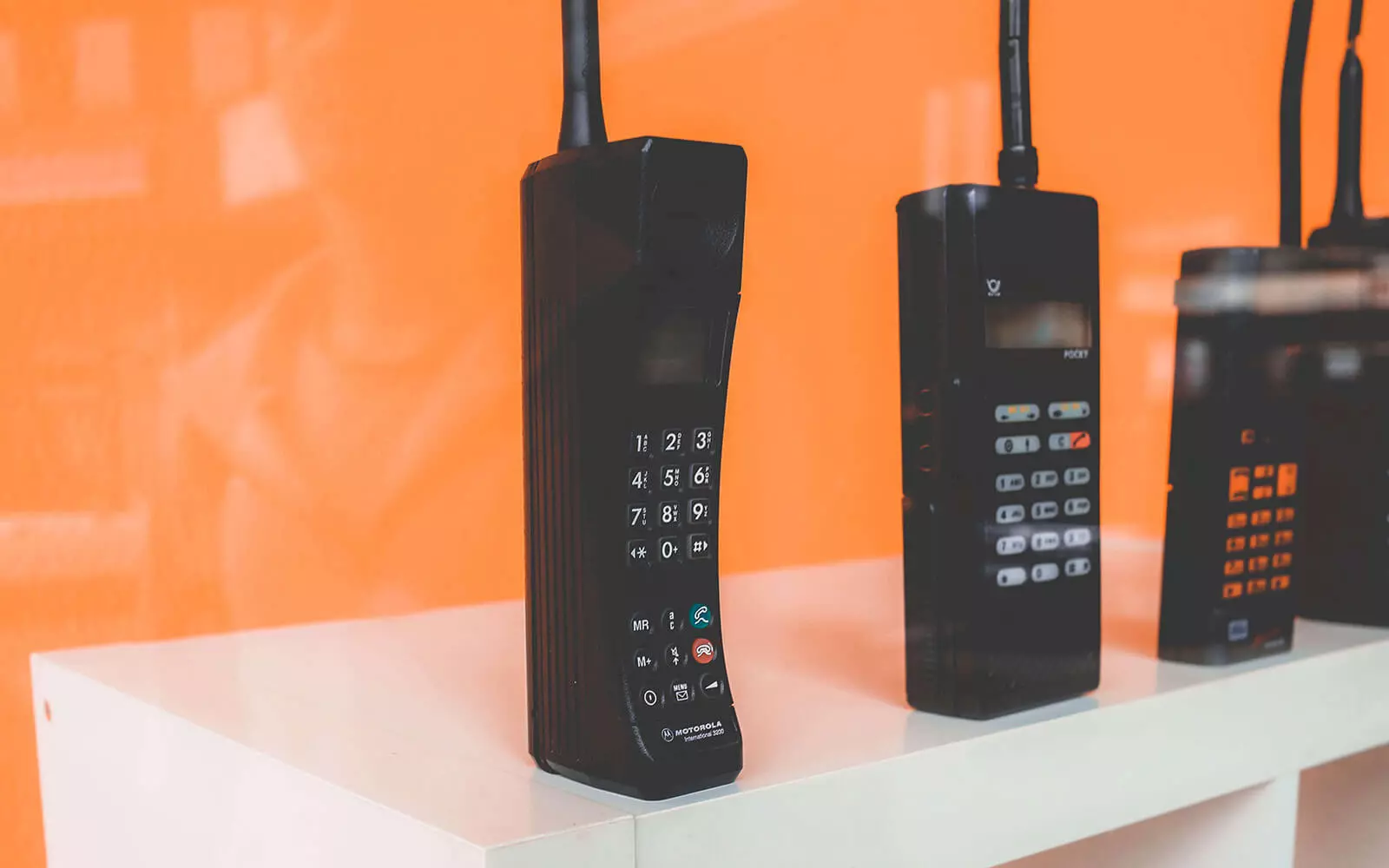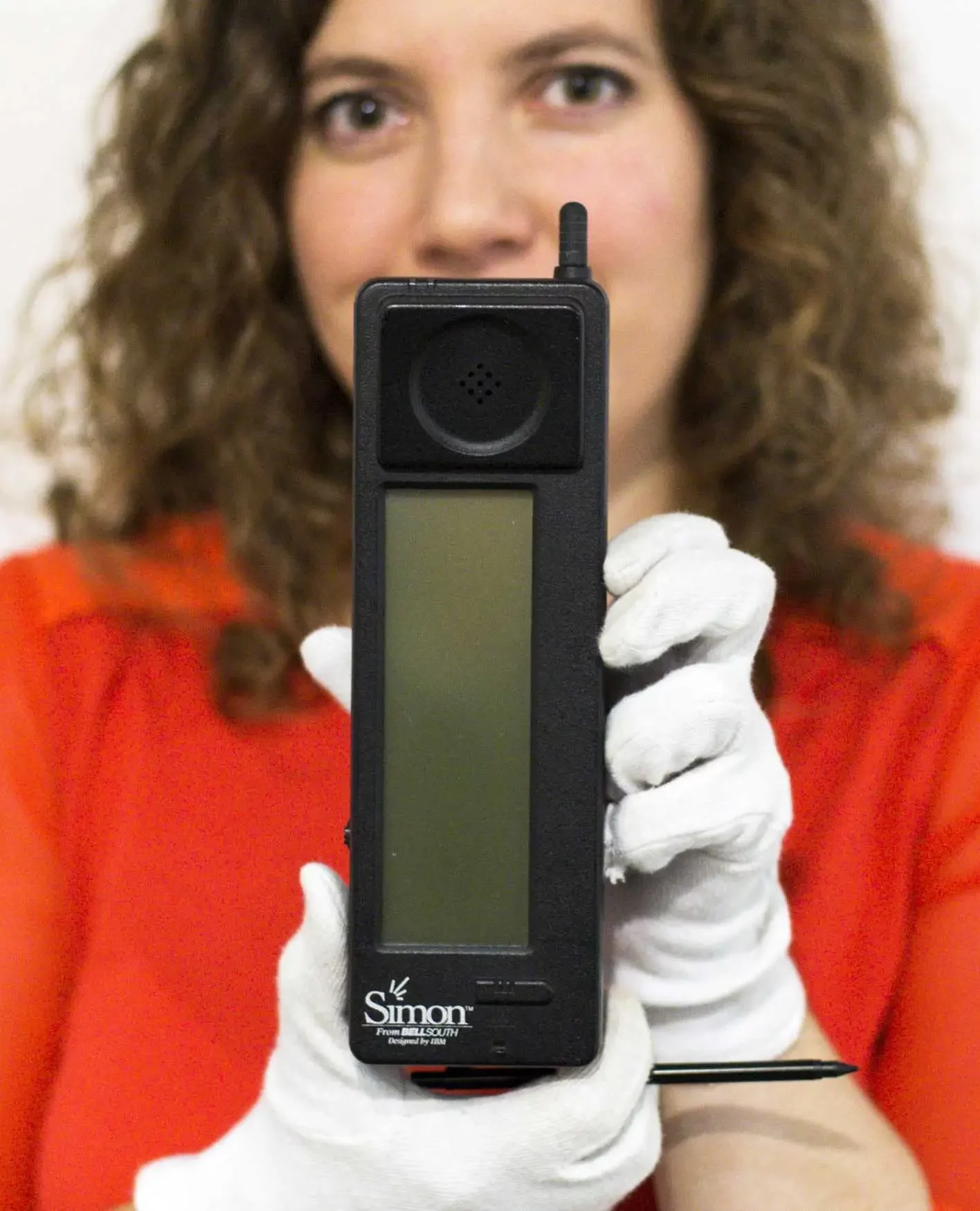Then & Now
It’s the first thing you check in the morning, it’s the last thing you see before bed.
It’s what keeps you occupied at every moment of the day and it’s the best toilet buddy around, yes you guessed it – the smartphone.
Considering just how dependent on our smartphones we’ve become, it’s hard to imagine a time when they were not the norm. With Apple, Samsung and Huawei having all recently announced their latest smartphone offerings, we thought we’d take a walk down ‘tech’ memory-lane to see just how far we’ve come.
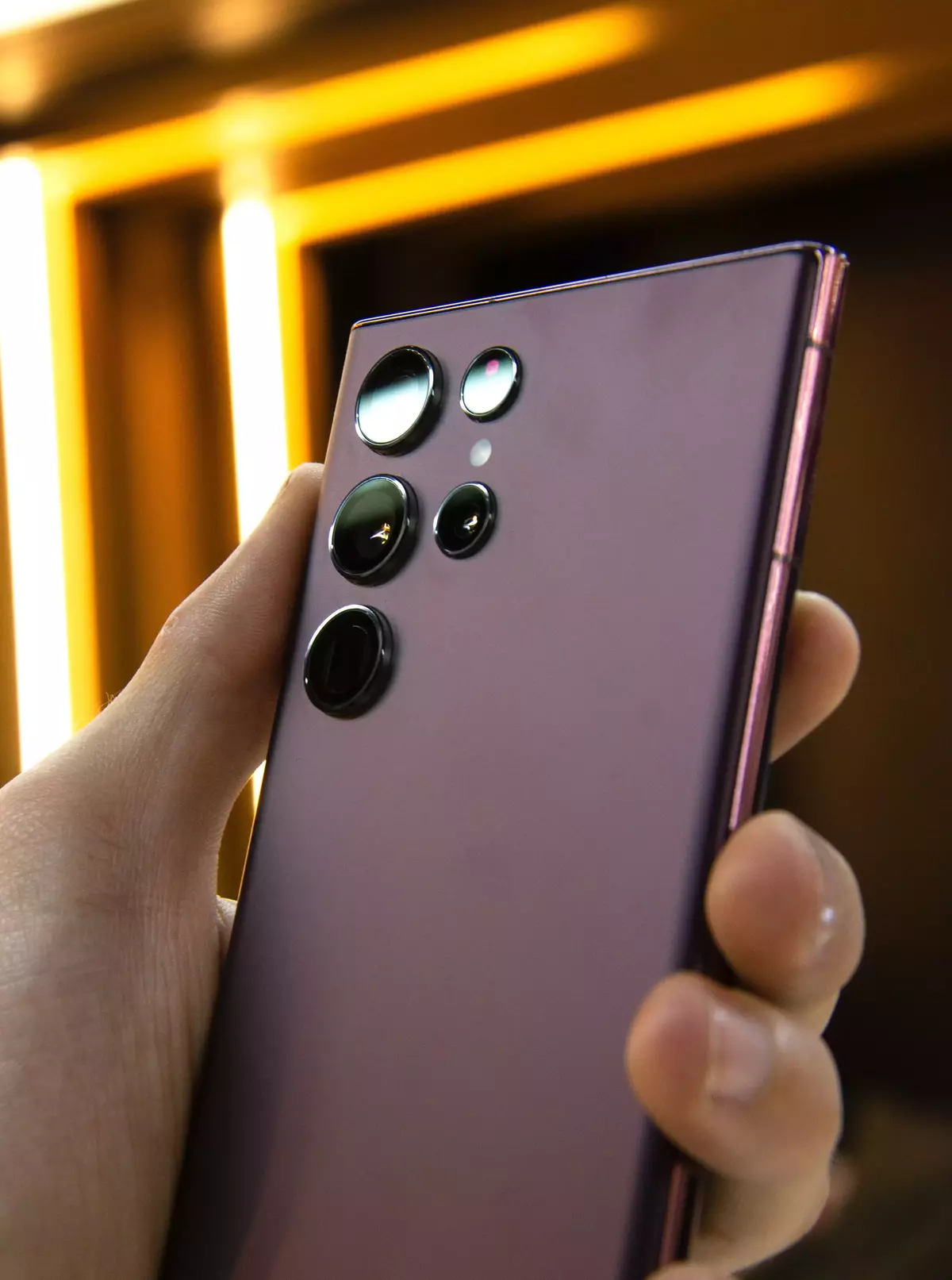
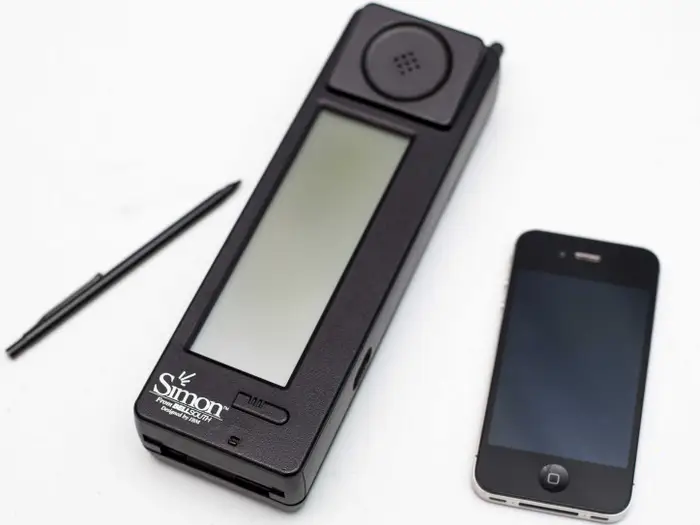
The history
The term “smartphone” was first used way back in 1995!
There’s been some debate as to which phone could be classified as the first ever smartphone, but many agree it was IBM’s Simon Personal Communicator which was launched a whole fifteen years before Apple released the life-changing iPhone.
Some fun facts about the “first” smartphone:
- It was launched in 1992 at COMDEX Convention in Las Vegas but only became available to consumers in 1994.
- It had no browser but did come with email access.
- Apart from calling, you could use it to receive faxes and pages. It also came with some built-in applications like a notepad, calculator, world clock and address book.
- It was not cheap, selling at US$1 100.00 and that was the 90s!
- It had a starring role in the 1995 film, The Net, with Sandra Bullock.
- It had a feature called “PredictaKey” that worked similar to predicted text.
- Talk about old skool, it could be plugged into a regular land-line phone jack (remember those?).
- It didn’t last very long, just six months on the market and only sold 50 000 units.
It’s had to imagine walking around glued to a big device like the Simon but back then it was revolutionary.
Over time the smartphone has only continued to evolve, from Nokia’s 9000 Communicator with it’s graphical web browser, to Ericsson’s R380 (which was actually the very first device to be marketed as a ‘smartphone’) . It was also the first mobile device to use Symbian OS, an operating system that continued to dominate the market until 2010. We’ve definitely come a long way.
Evolving tech
Fast forward fifteen years
Just how does the Simon compare with the Samsung Galaxy S10, iPhone XS and Huawei P30 which are, according to techradar, the world’s most powerful smartphones?
All three phones are made with a glass front and back, and metal frame. Size wise, they’re not that different with the Galaxy S10 only slightly bigger and the iPhone XS a bit heavier. Both the Huawei P30 and iPhone XS use OLED screens, so they’re high quality, but Samsung uses its own AMOLED tech in the Galaxy S10 screen for a more “dynamic range in colours and brightness”. Longer battery life is another shared feature and considering how much time we spend on them, it’s more than welcome. However, the Huawei P30 is the only one of the trio that doesn’t support wireless charging.
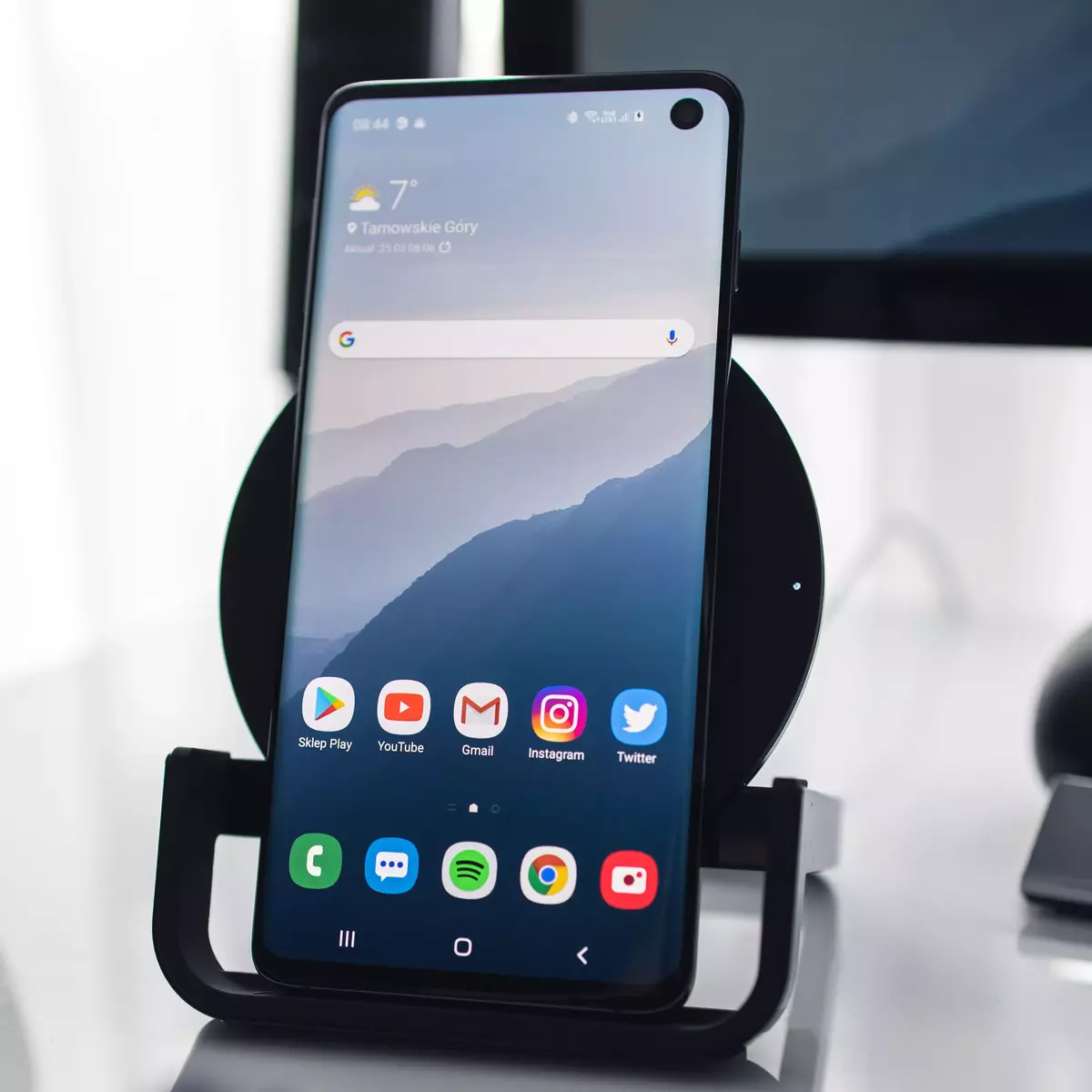
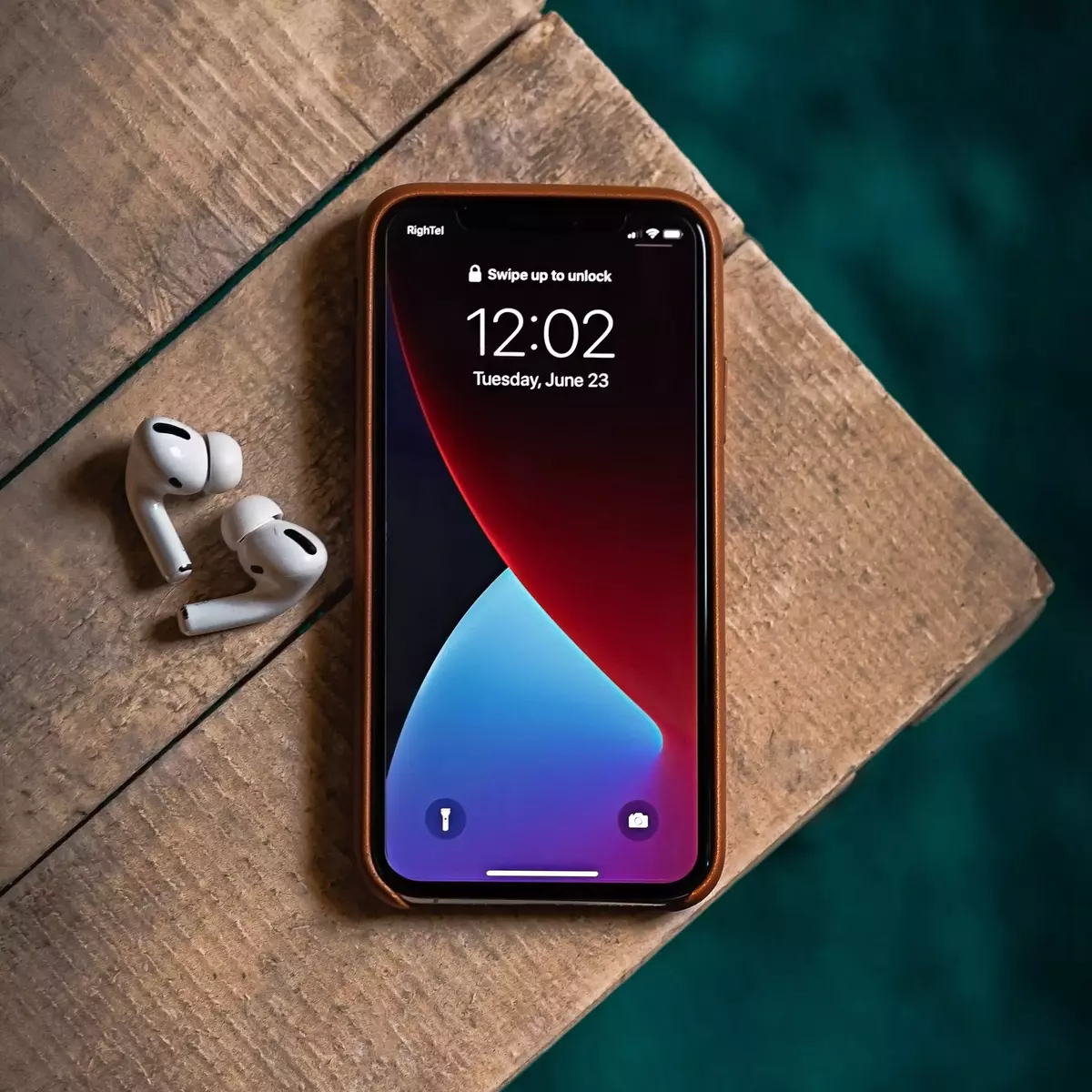
Another difference between the phones is that whilst both the Samsung Galaxy S10 and Huawei P30 use in-screen fingerprint scanners, the iPhone XS unlocks using Face ID.
Apart from basically being a laptop you can carry in your pocket, smartphones are now our most trusted cameras.
Modern smartphones also help keep our social media feed packed with picturesque photos of food. So, who has come out on top? According to reports, seems like Huawei’s ‘SuperSpectrum snapper’ and it’s selfie-cam beat out the other two.
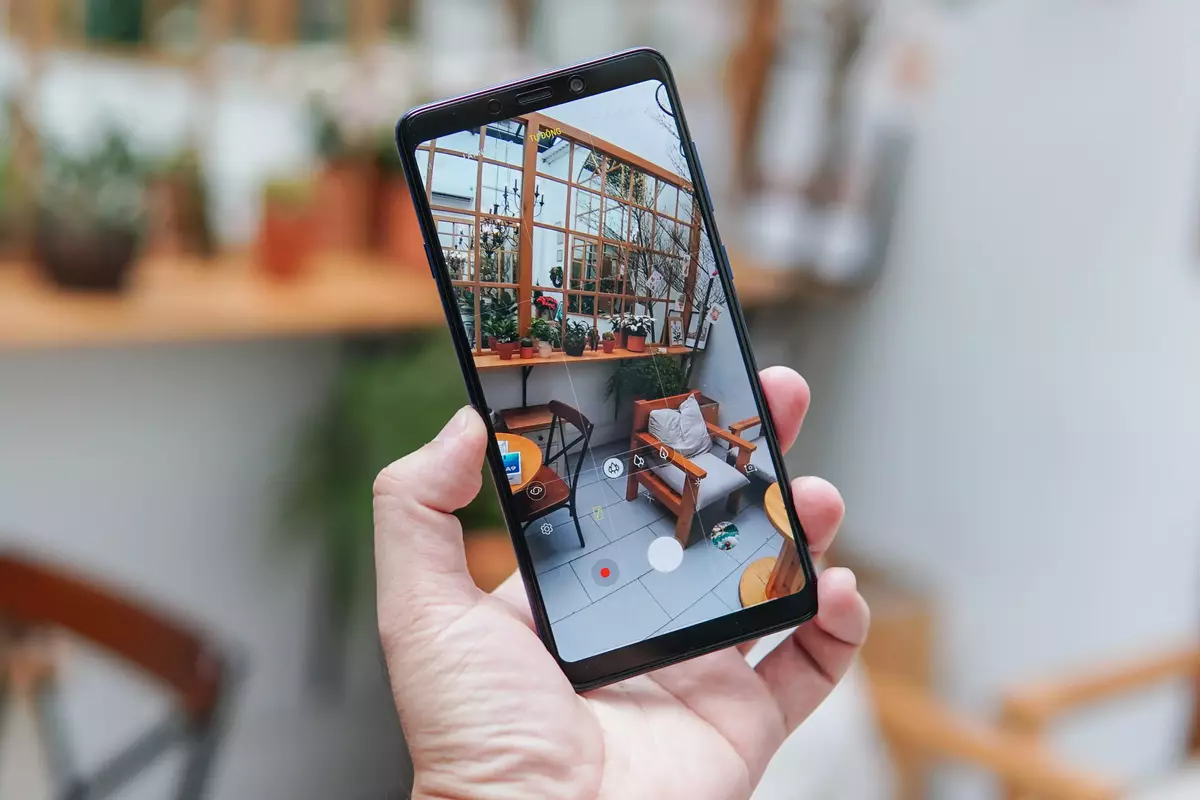
The best?
Overall though it seems most smartphones these days have pretty similar features
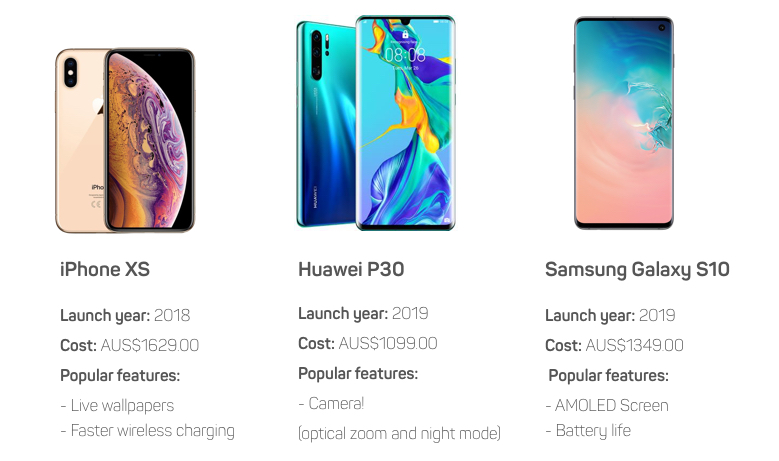
According to Team Mobi, the best thing about the smartphone today is:
Michel’le: I am the typical millennial, love the camera. It’s such good quality and means I am always selfie ready!
Arun: Camera, face recognition and speed.
Zoltan: Browser
Mike: Camera
Amy: Maps!
Visjna: Browser
Thiago: Music and videos
Hamsa: Camera, speed and keychain feature which lets me share things easily between my mac and iphone.
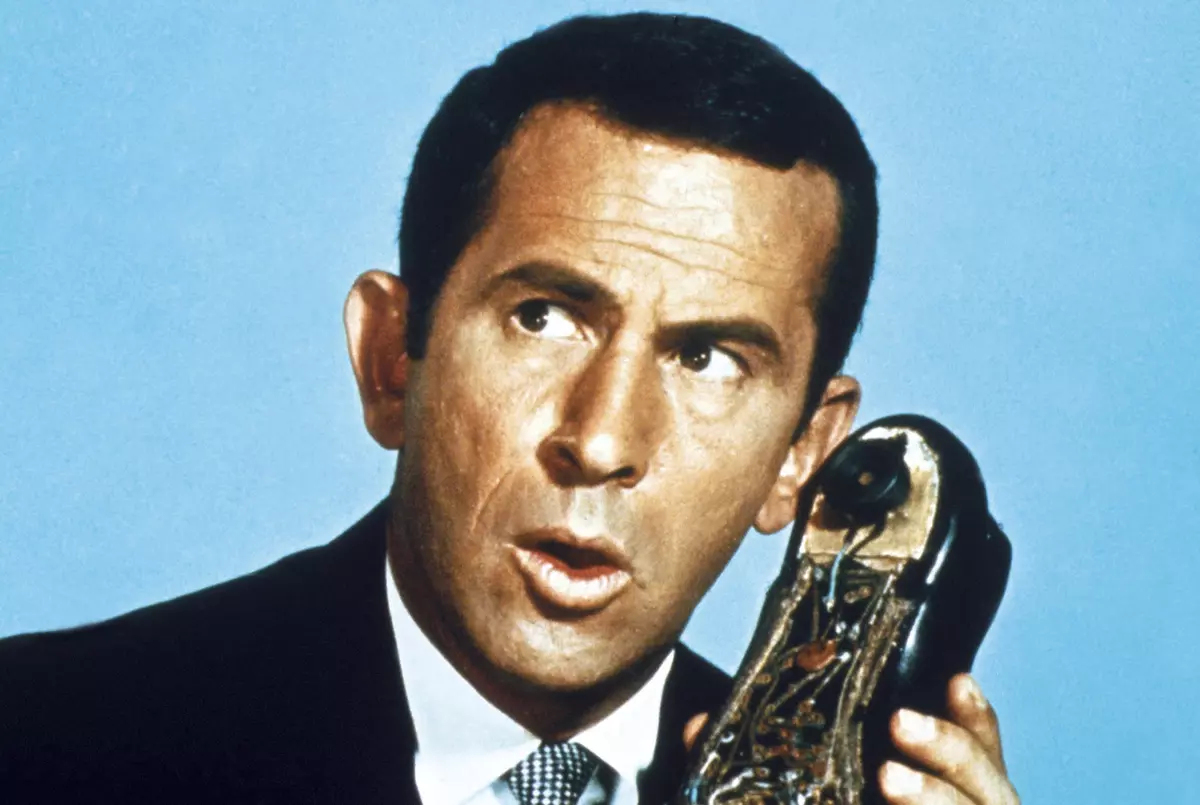
The summary
First, there was the “great decline of the landline”
which saw long-corded phones being swapped out for something less attached to a wall.
Then, in just over a decade, we’ve gone from the clunky Simon – with an aerial and the weight of a brick – to the simple, touch screen, everyday best friend we now know as the smartphone. The mass adoption of devices offered by almost all major tech companies is undoubtedly a historical landmark and you can be sure it’s only going to continue to advance. Perhaps a smartphone-shoe, like the one Agent 86 used in the 1960’s classic film, Get Smart, will finally become a reality. Fingers crossed!
What evolutionary trend do you think the smartphone will go through next? Let us know in the comments below.

